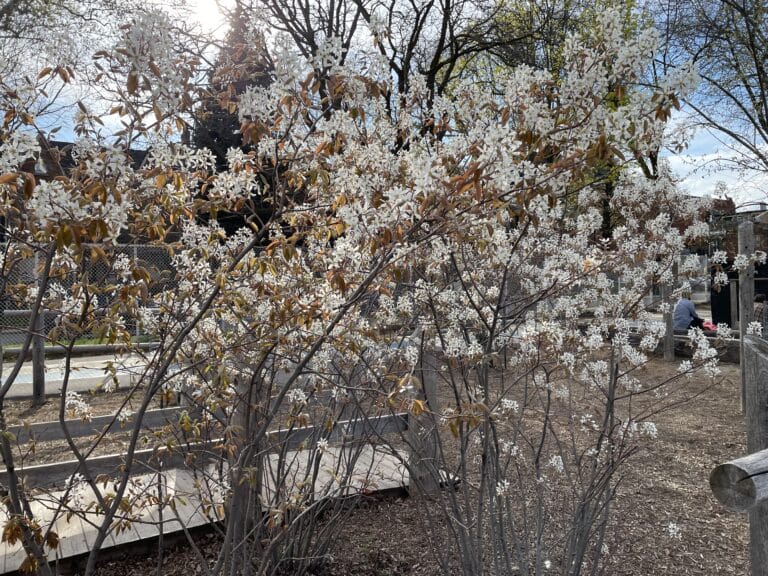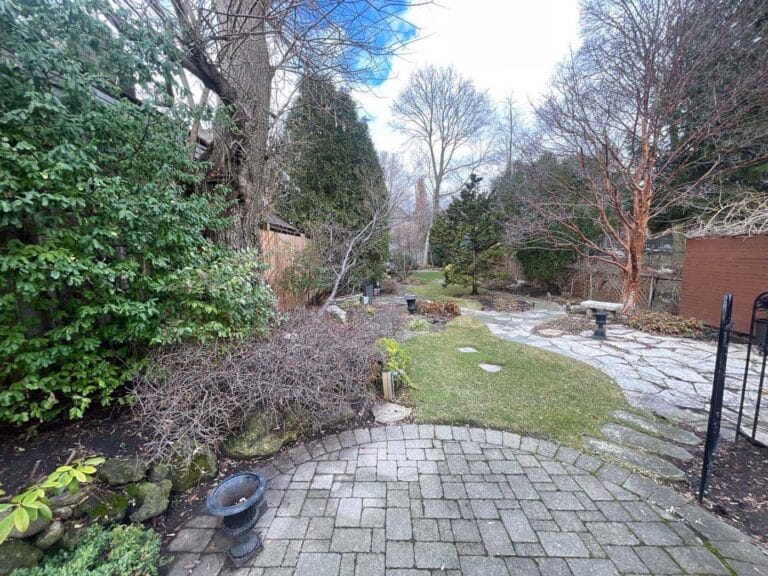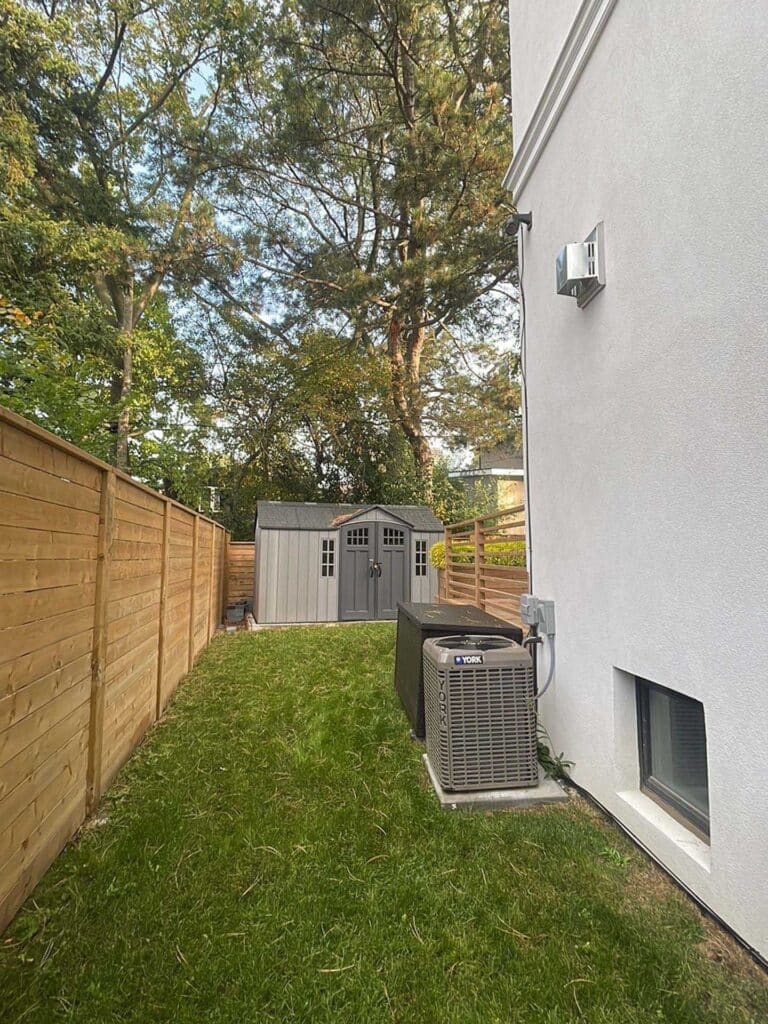How Pruning and Cabling Can Help Storm Damaged Trees
Toronto’s intense weather—from freezing rain and heavy snow to powerful winds—can wreak havoc on trees across the city. After a storm, many homeowners wonder whether a damaged tree can be saved by pruning or if tree removal is the only option. The good news? With proper care like pruning and cabling, many storm-damaged trees can recover and thrive.
If you’ve ever looked at your tree after a storm and worried about cracks, leaning branches, or snapped limbs, this guide is for you. We’ll walk you through how professional pruning and cabling can stabilize and restore your trees—especially in Toronto’s unique urban environment.
Five Common Types of Storm Damage in Toronto Trees
Toronto trees face a mix of environmental and structural challenges due to urban density, frequent storms, and the city’s diverse species. Understanding the types of damage that occur can help homeowners assess when to act.
Broken or Hanging Branches
Storms can break or splinter branches, leaving them hanging precariously. Norway maples, with their dense crowns, are particularly prone to this. These branches not only pose safety risks but can weaken the tree’s overall structure.
Solution: Pruning removes broken or damaged limbs to prevent further stress and promotes healthy regrowth. It also reduces the risk of falling branches in future storms.
Leaning Trees
Strong winds and saturated soil during Toronto’s storms can cause trees to tilt. Leaning trees don’t necessarily need removal—especially if the root system remains intact.
Solution: Cabling and bracing stabilize leaning trees, giving them time to strengthen and re-establish their root systems.
Cracked Branches or Trunks
Freeze-thaw cycles and storm impacts can create cracks in tree trunks or branches. Silver maples and oaks are especially vulnerable due to their large size and weight. Cracks that expose the tree’s heartwood leave it vulnerable to pests and decay.
Solution: Pruning removes cracked branches, while cabling can support structurally weakened areas to prevent further splitting.
Snow and Ice Overloading Branches
Emerald cedars and other evergreens often accumulate heavy snow, causing branches to bend or break. These species are commonly used in Toronto for privacy hedges but can quickly lose their shape under snow and ice pressure, requiring hedge repair or restoration.
Solution: Pruning in late fall or early winter reduces the risk of snow damage for trees and shrubs. Corrective pruning after storms can restore shape and strength to trees with damage.
Partially Uprooted Trees
While a fully uprooted tree often requires removal, partially uprooted trees with intact roots may still recover. This type of damage is common in High Park and Rosedale, where large, mature trees grow near homes.
Solution: Depending on the extent of root damage, an arborist may recommend stabilization techniques, soil aeration, or mulching to encourage recovery.
Why Pruning and Cabling Are Ideal Solutions for Storm-Damaged Trees
Pruning for Recovery
Pruning isn’t just about cutting away damaged branches—it’s about setting your tree up for long-term health. After a storm, arborists focus on removing hazards like removing hazardous or downed trees first. After that, we look at removing pruning damaged limbs, improving tree structure, and encouraging new growth.
For instance, here are some common types of tree pruning after storm damage:
- Structural Pruning: Removes weak, crossing, or damaged branches to make the tree more resilient in future storms.
- Crown Thinning: Reduces wind resistance and improves air circulation, helping prevent additional breakage.
Cabling and Bracing for Stability
Cabling involves installing steel cables or braces in the tree’s canopy to support weak branches or trunks. This technique is particularly effective for:
- Mature Trees: Large, older trees like oaks or maples that are valuable to your property and neighborhood.
- Split Trunks: Trees with cracks or weak unions can often be stabilized with cables, reducing the risk of collapse.
- Leaning Trees: When roots are intact, cabling can help a leaning tree regain stability.
Cabling and bracing are minimally invasive and allow homeowners to preserve their trees rather than resorting to removal.
Toronto’s Unique Challenges for Storm-Damaged Trees
The combination of urban density, harsh winters, and local regulations makes tree care in Toronto a specialized practice. Here’s what sets Toronto apart:
Urban Density
Toronto’s tightly packed neighborhoods mean trees are often close to homes, hydro lines, and roads. This proximity increases the risks of damage during storms but also limits removal options. Pruning and cabling provide safe, effective alternatives to manage storm damage without losing the tree.
Common Toronto Tree Species
- Norway Maples: Prone to weak branch unions and dense canopies, making them vulnerable to wind and ice damage.
- Silver Maples: Their shallow roots and heavy branches are easily affected by saturated soil and high winds.
- Emerald Cedars: A popular choice for privacy hedges but susceptible to snow overload and breakage.
- Oaks: While robust, their size makes them prone to cracking and storm-related stress.
Regulatory Requirements
Under Toronto’s Private Tree By-law, homeowners must obtain permits to remove trees larger than 30 cm in diameter, even if storm-damaged. However, trees deemed hazardous are often exempt. Consulting a certified arborist ensures compliance with these regulations while exploring restoration options.
Tips for Homeowners: What You Can Do After a Storm
If your tree has sustained storm damage, follow these steps to protect your property and ensure the best outcome for your tree:
- Inspect Safely: Look for broken branches, cracks, or leaning trees from a safe distance. Avoid touching branches near hydro lines—contact Toronto Hydro instead.
- Call an Arborist: Certified arborists can assess the damage, recommend pruning or cabling, and ensure your tree complies with city regulations.
- Avoid DIY Fixes: Improper pruning or stabilization can cause more harm than good. Trust professionals to handle storm damage safely and effectively.
- Prevent Future Damage: Regular pruning and maintenance can make your trees more resilient, reducing the risk of storm-related issues.
Why Choose Vista Tree Management?
Storms in Toronto are unpredictable, but your tree care doesn’t have to be. Our certified arborists specialize in storm recovery, offering expert pruning and cabling services to help your trees recover and thrive.
- Local Expertise: We understand Toronto’s unique challenges and species, ensuring tailored care for every tree.
- Regulatory Compliance: We’ll guide you through the Private Tree By-law and handle any necessary permits for storm-damaged trees.
- Safety First: Our team is fully insured, WSIB-certified, and trained to handle even the most complex storm damage.
Don’t let storm damage compromise the health and beauty of your trees. Contact us today to schedule a consultation and explore how pruning and cabling can restore your trees to their full potential.
Final Thoughts on Saving a Tree after a Storm
Storm damage doesn’t have to mean the end for your trees. With the right care, including pruning and cabling, even seriously damaged trees can recover and continue to thrive. By acting quickly and working with a certified arborist, you’re investing in the health of your trees, your property, and Toronto’s urban canopy.
Call Vista Tree Management today and let’s restore your storm-damaged trees—keeping Toronto’s neighborhoods green and beautiful for generations to come.








